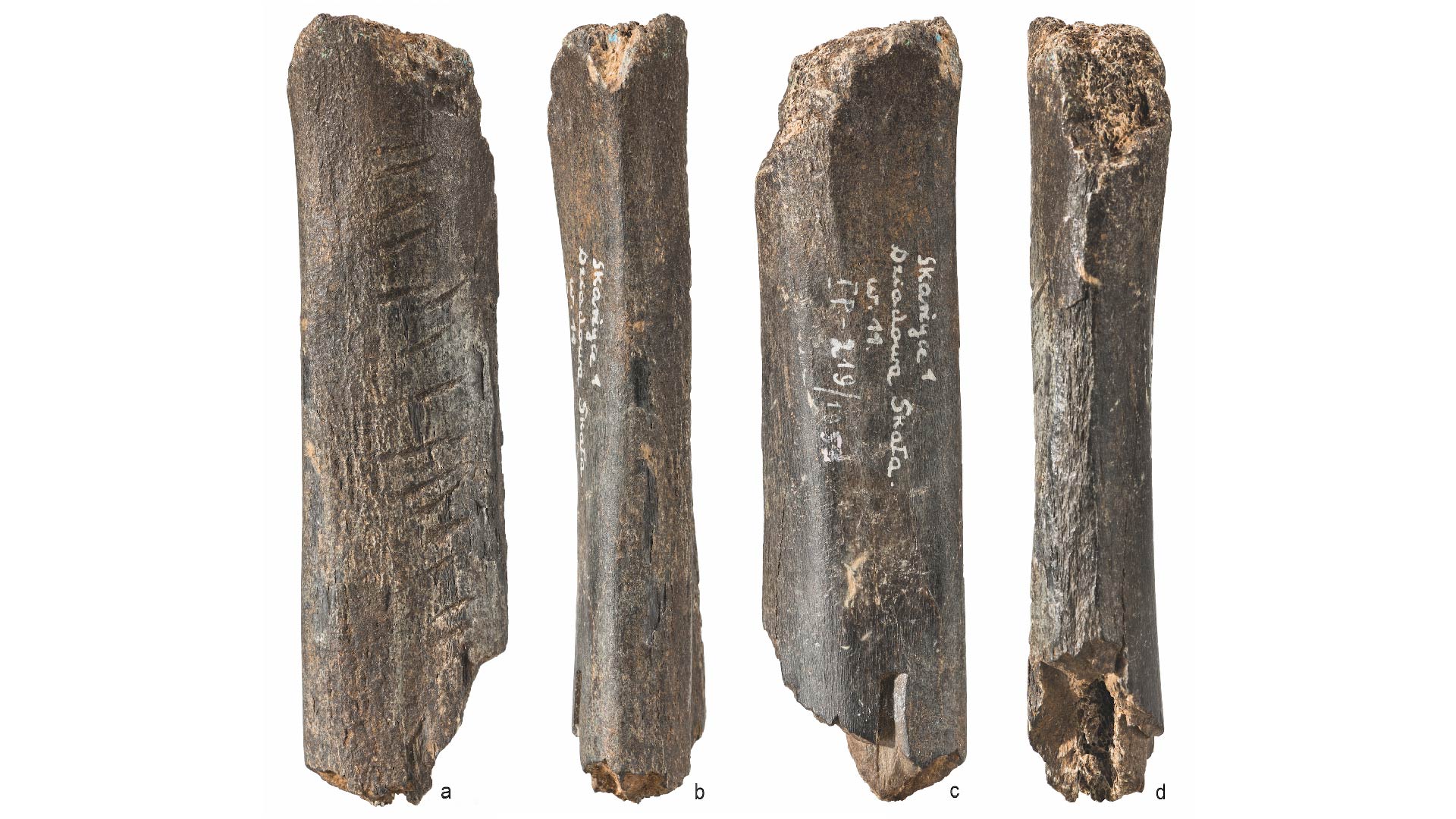Foods, Vol. 13, Pages 1076: Differences in Biofilm Formation of Listeria monocytogenes and Their Effects on Virulence and Drug Resistance of Different Strains
Foods doi: 10.3390/foods13071076
Authors: Yujuan Yang Xiangxiang Kong Bing Niu Jielin Yang Qin Chen
Listeria monocytogenes is recognized as one of the primary pathogens responsible for foodborne illnesses. The ability of L. monocytogenes to form biofilms notably increases its resistance to antibiotics such as ampicillin and tetracycline, making it exceedingly difficult to eradicate. Residual bacteria within the processing environment can contaminate food products, thereby posing a significant risk to public health. In this study, we used crystal violet staining to assess the biofilm-forming capacity of seven L. monocytogenes strains and identified ATCC 19112 as the strain with the most potent biofilm-forming. Subsequent fluorescence microscopy observations revealed that the biofilm-forming capacity was markedly enhanced after two days of culture. Then, we investigated into the factors contributing to biofilm formation and demonstrated that strains with more robust extracellular polymer secretion and self-agglutination capabilities exhibited a more pronounced ability to form biofilms. No significant correlation was found between surface hydrophobicity and biofilm formation capability. In addition, we found that after biofilm formation, the adhesion and invasion of cells were enhanced and drug resistance increased. Therefore, we hypothesized that the formation of biofilm makes L. monocytogenes more virulent and more difficult to remove by antibiotics. Lastly, utilizing RT-PCR, we detected the expression levels of genes associated with biofilm formation, including those involved in quorum sensing (QS), flagellar synthesis, and extracellular polymer production. These genes were significantly upregulated after biofilm formation. These findings underscore the critical relationship between extracellular polymers, self-agglutination abilities, and biofilm formation. In conclusion, the establishment of biofilms not only enhances L. monocytogenes’ capacity for cell invasion and adhesion but also significantly increases its resistance to drugs, presenting a substantial threat to food safety.

 1 month ago
27
1 month ago
27


